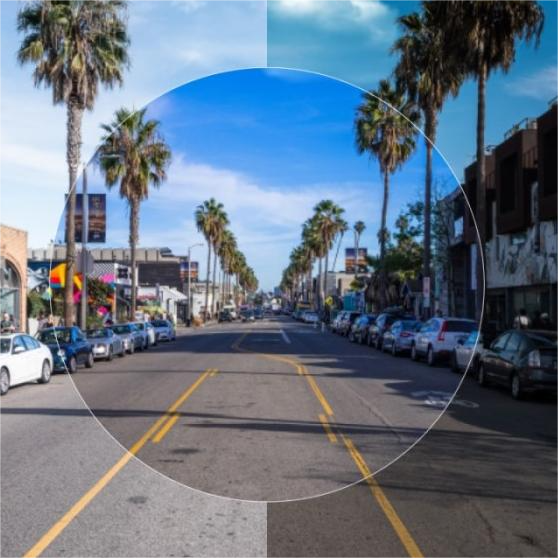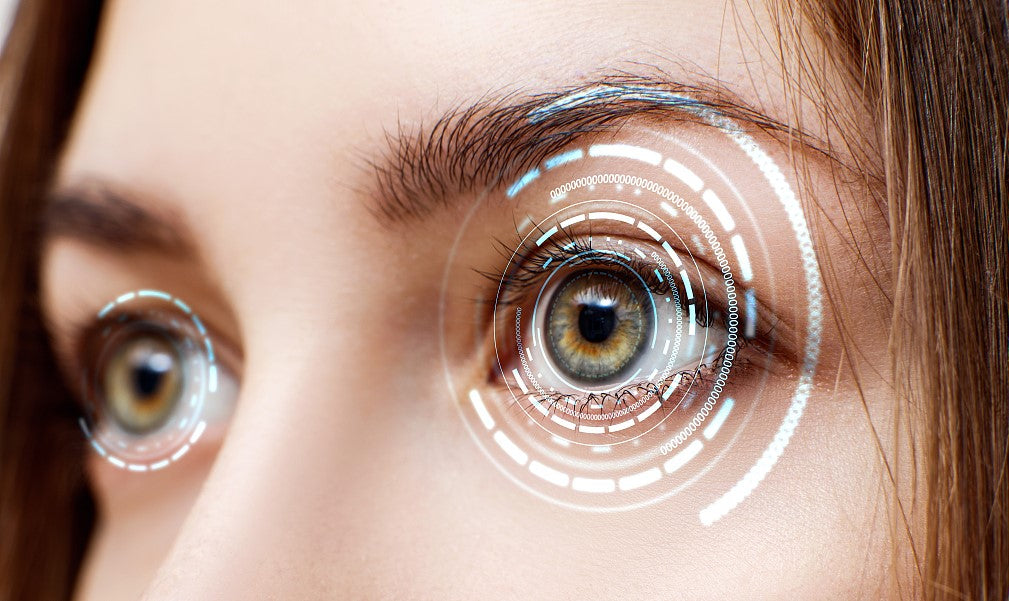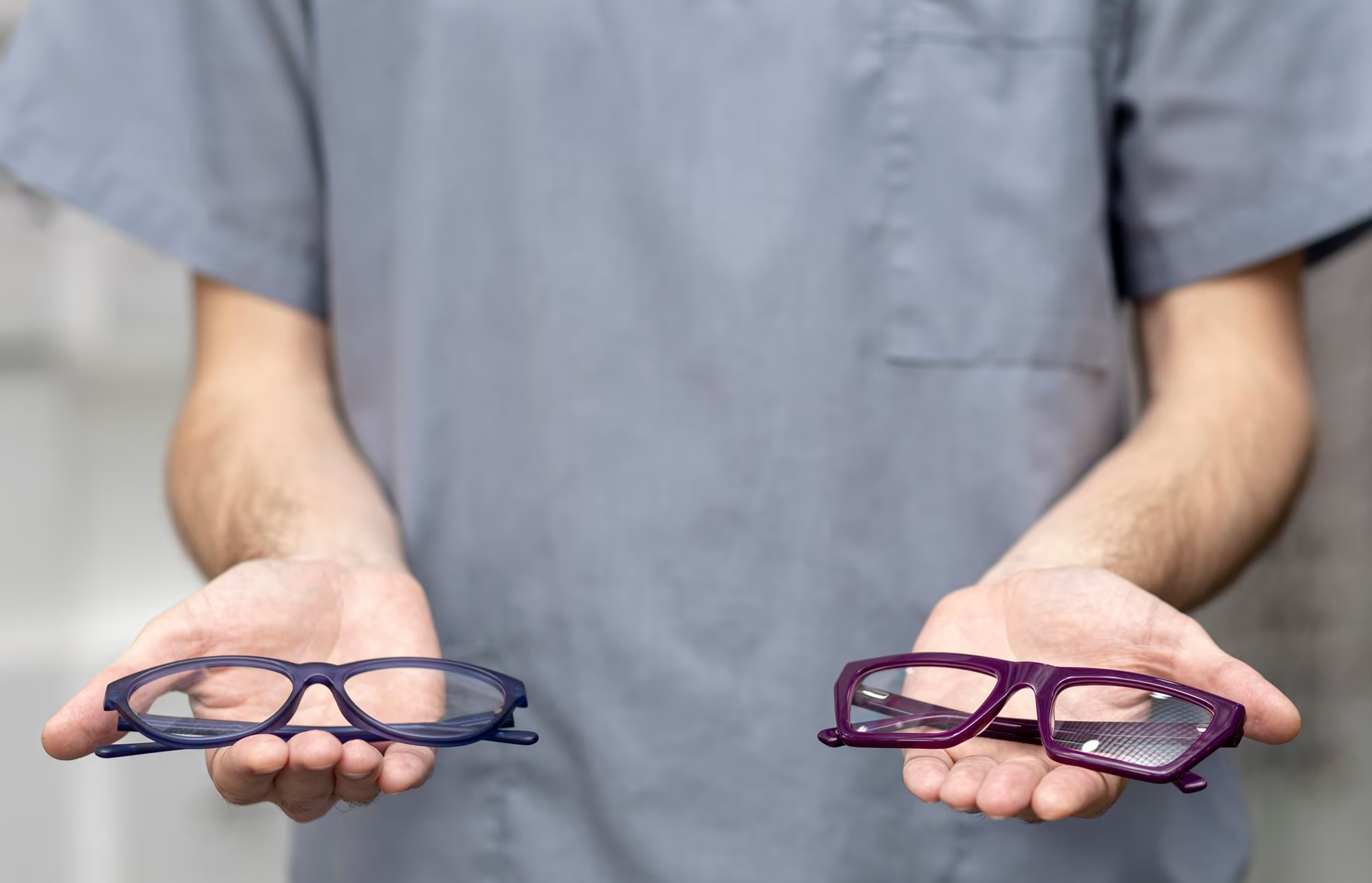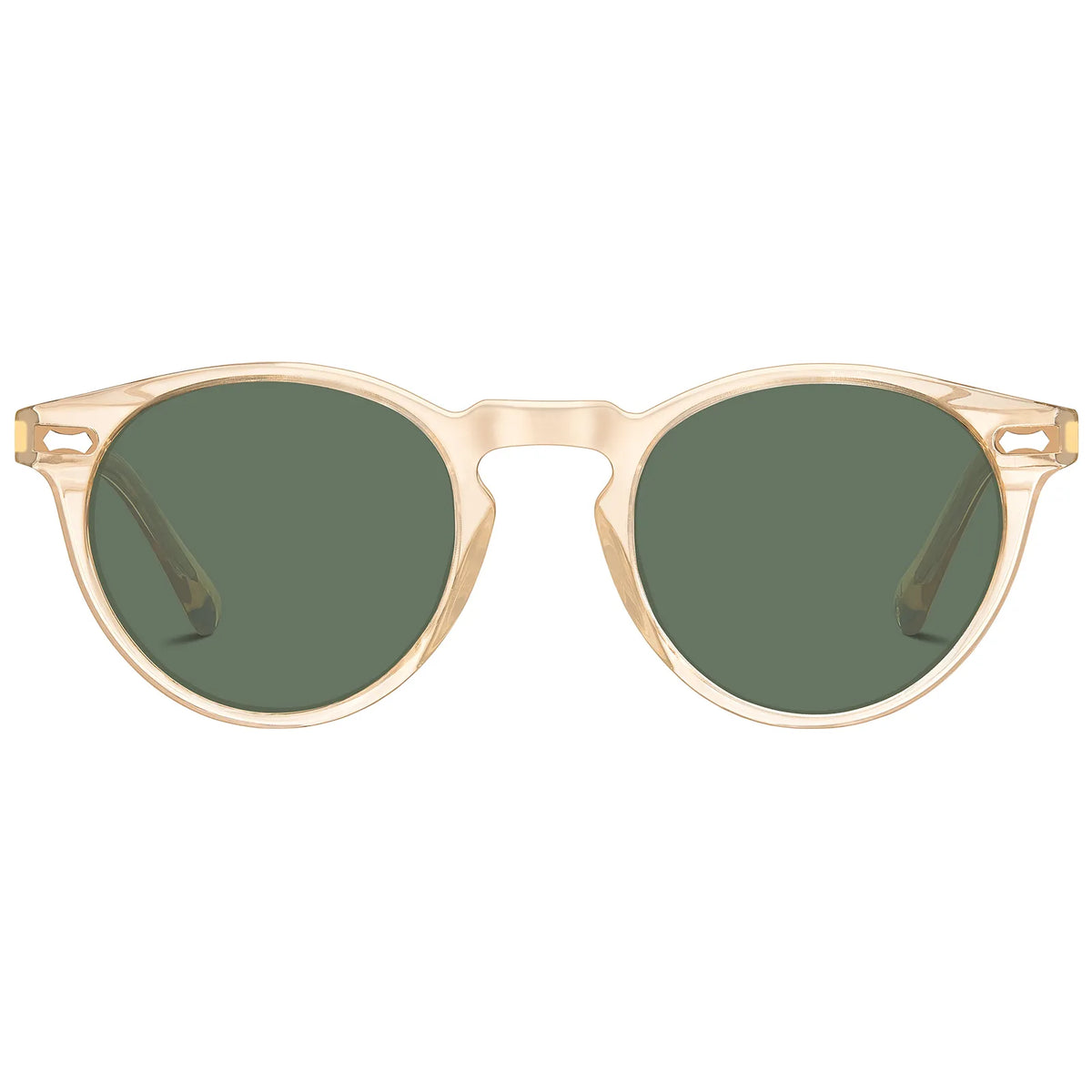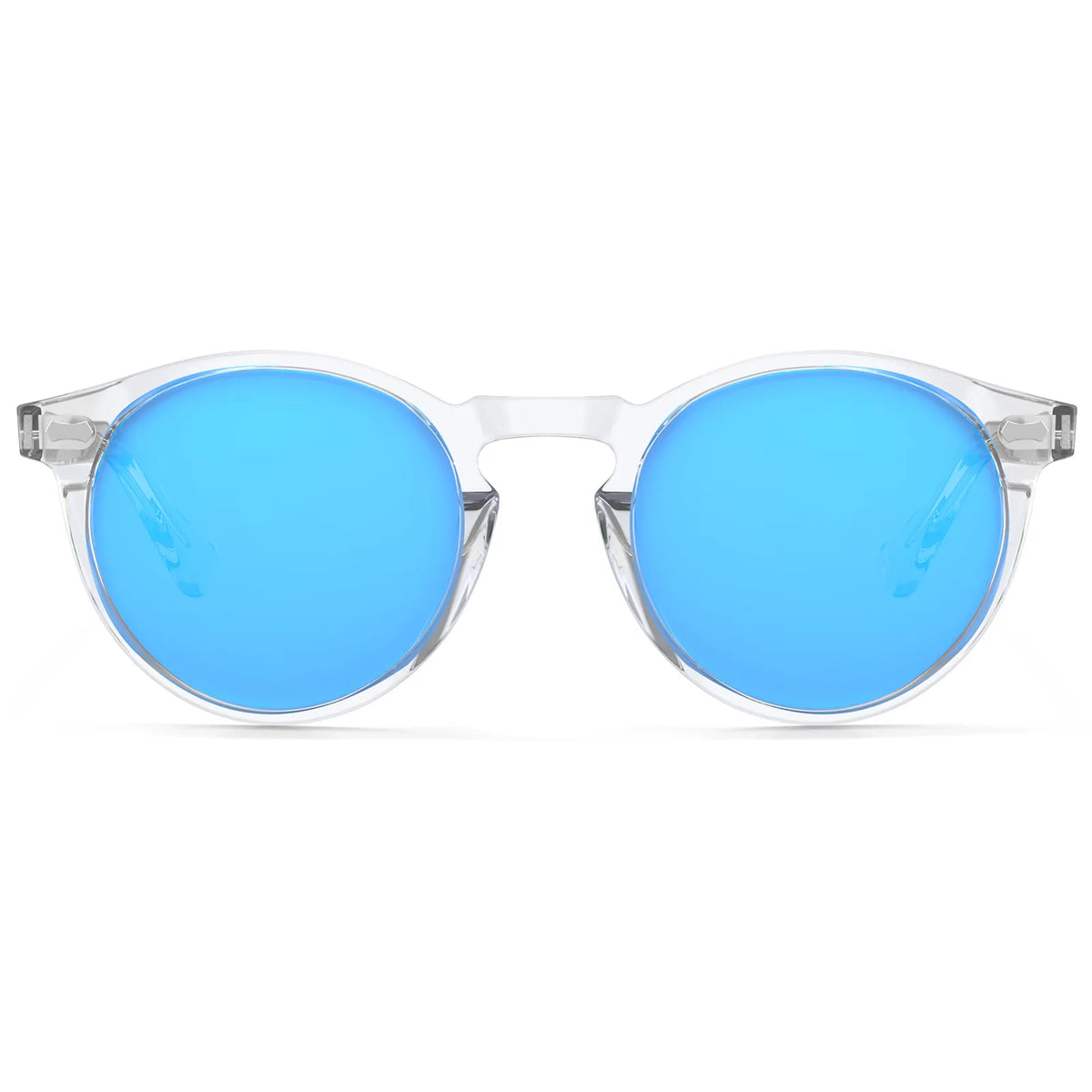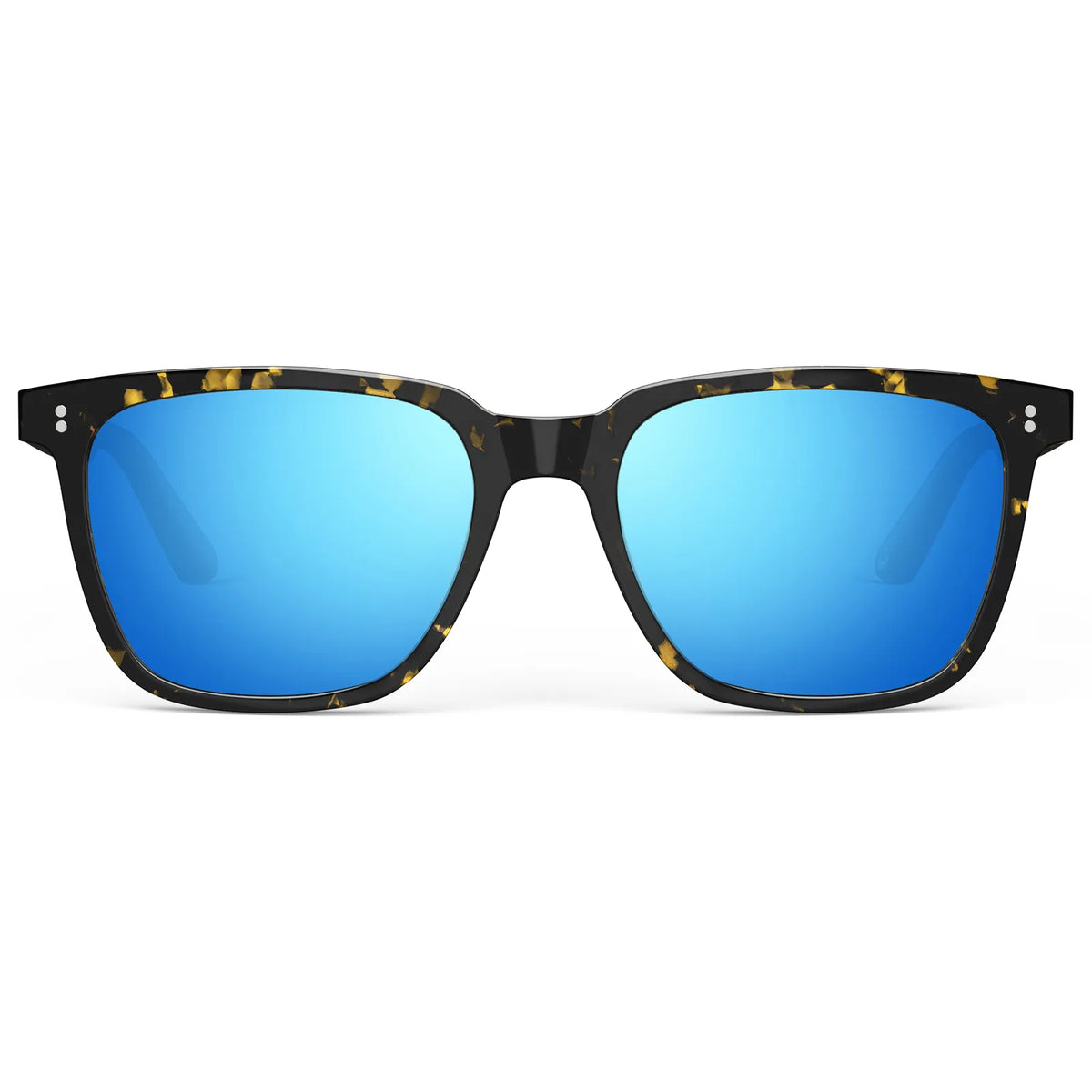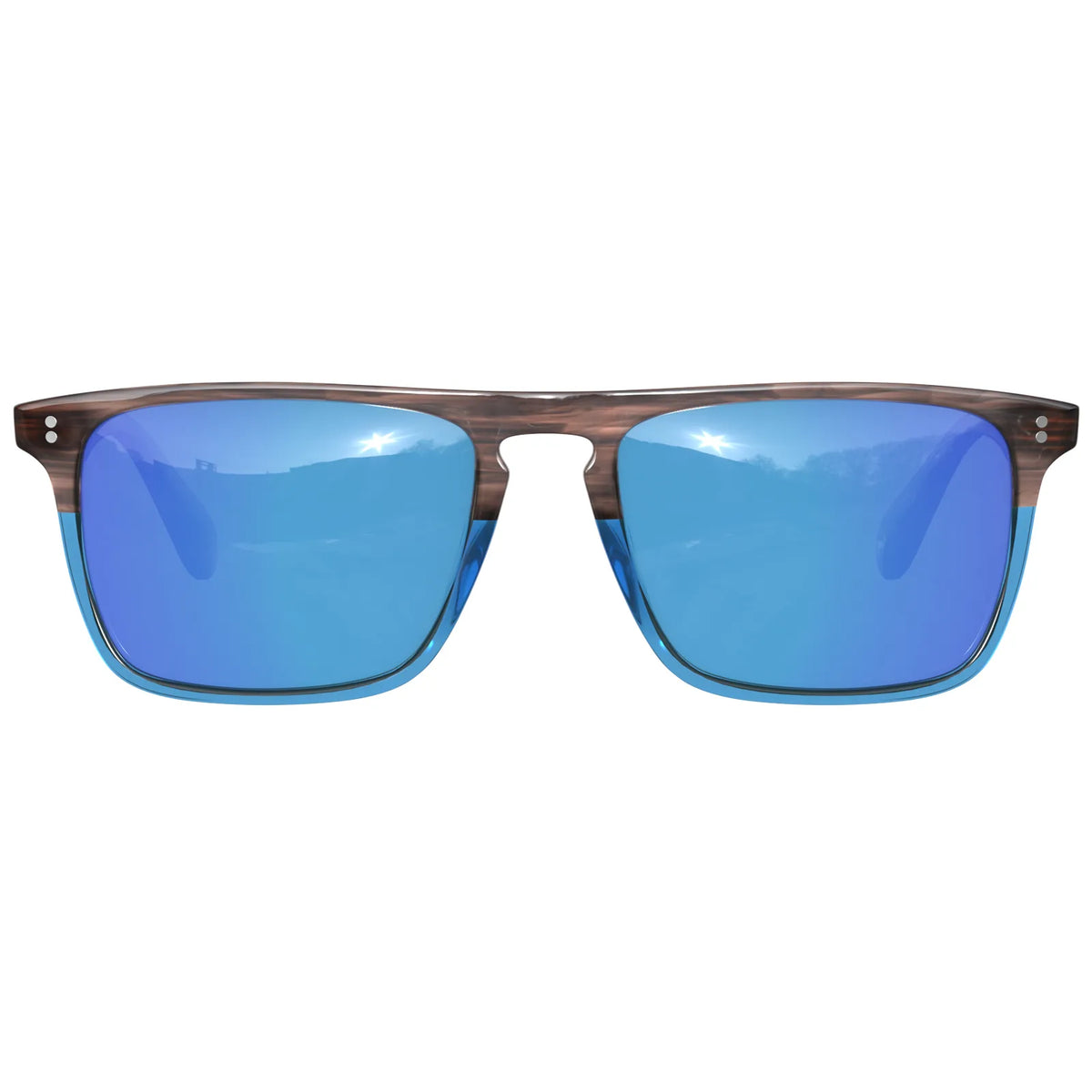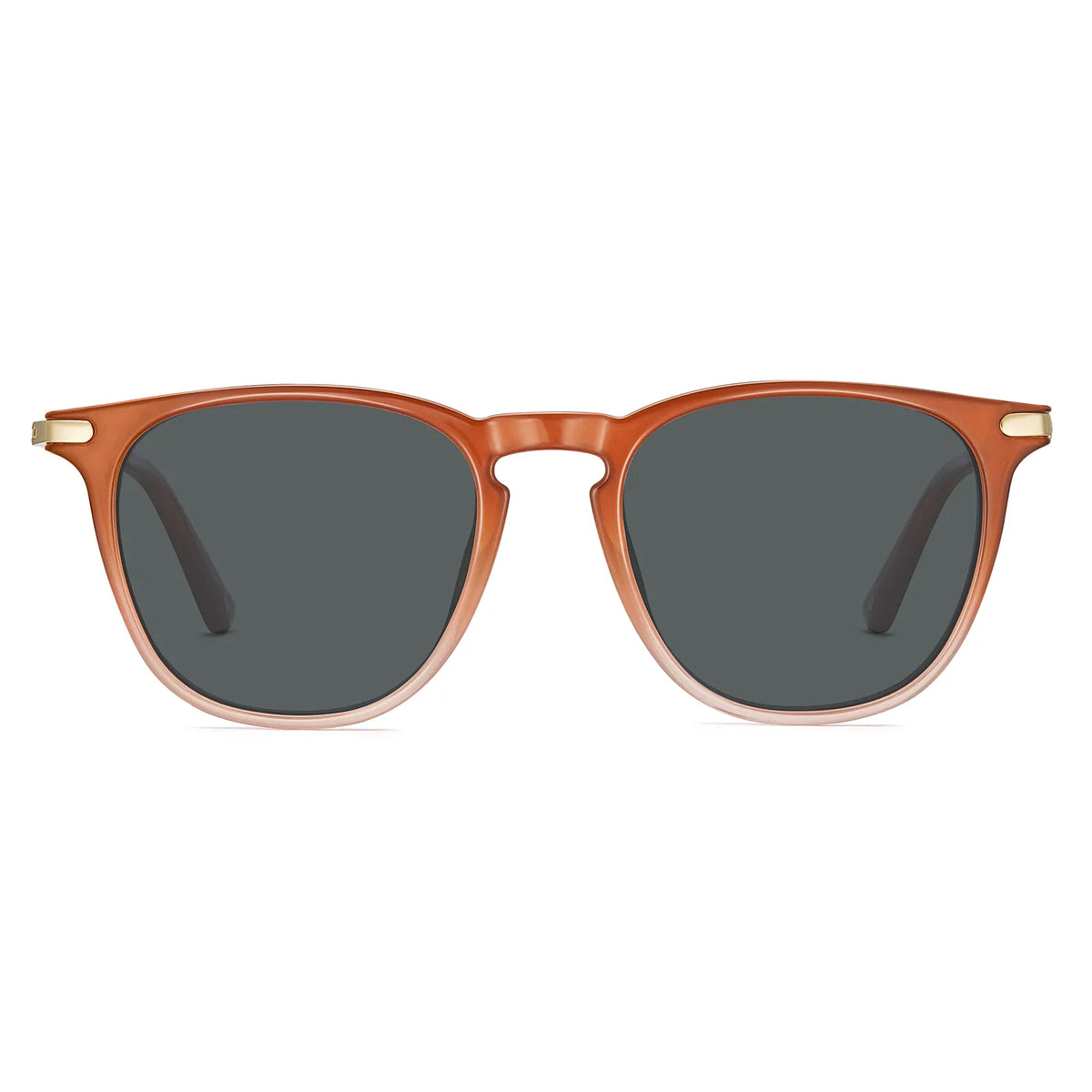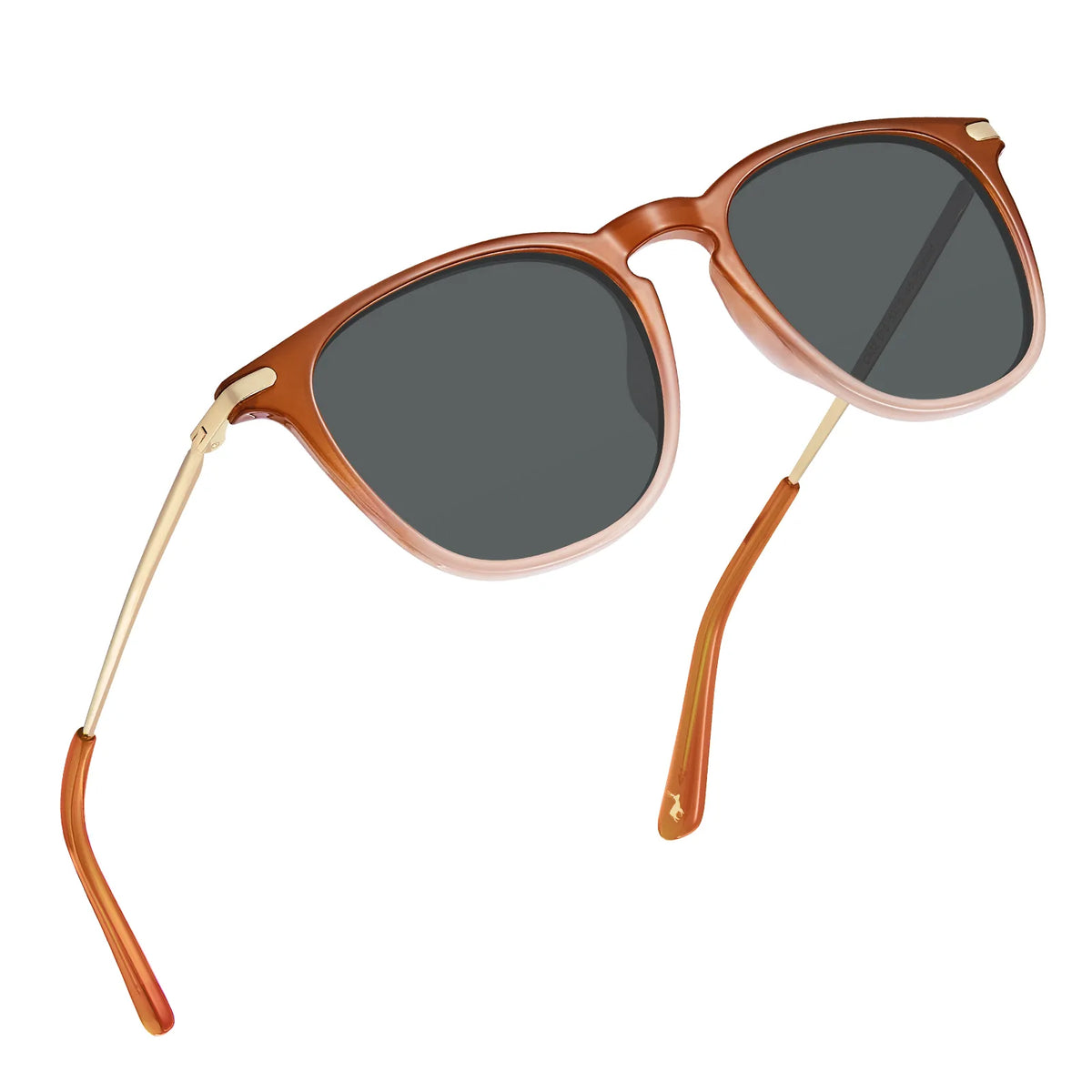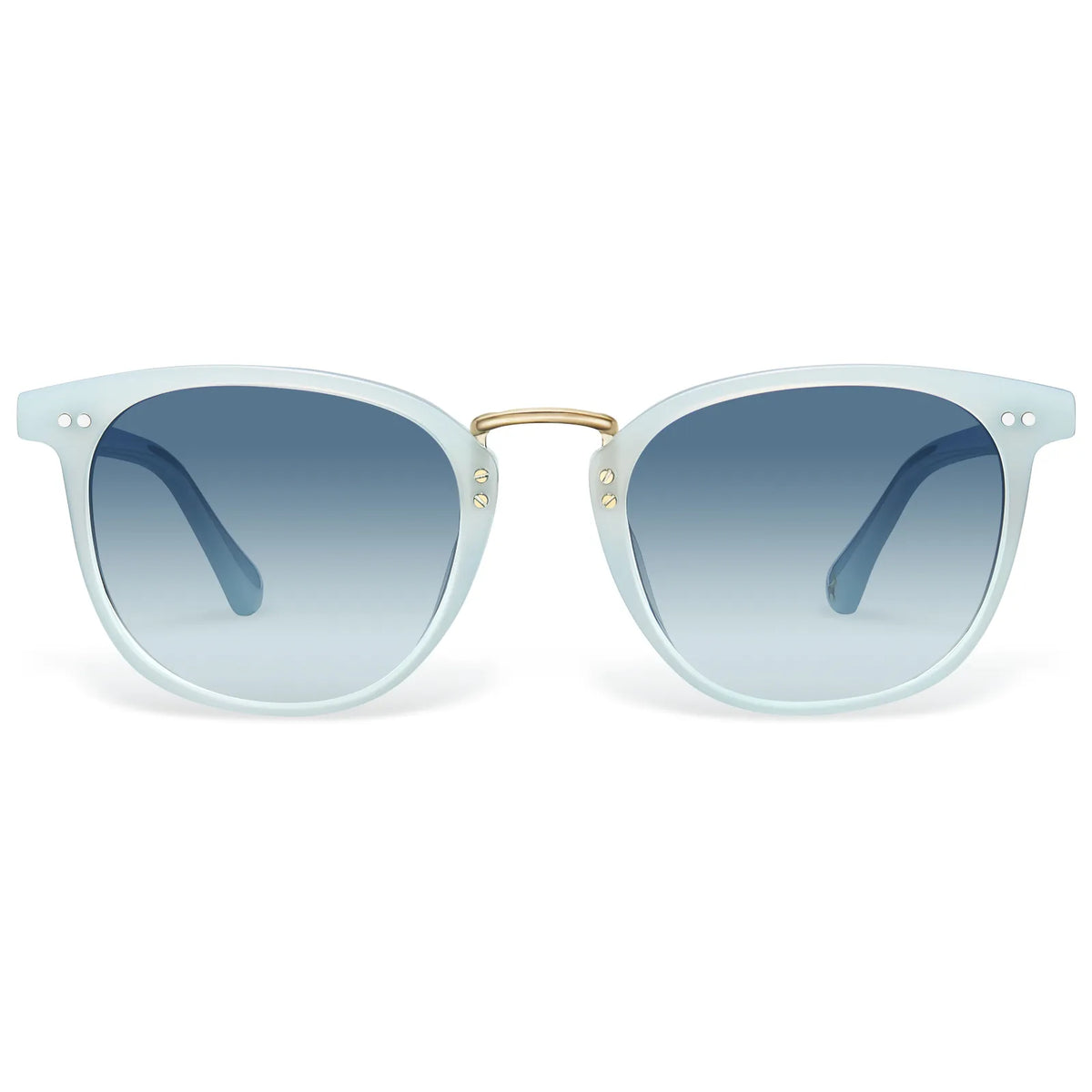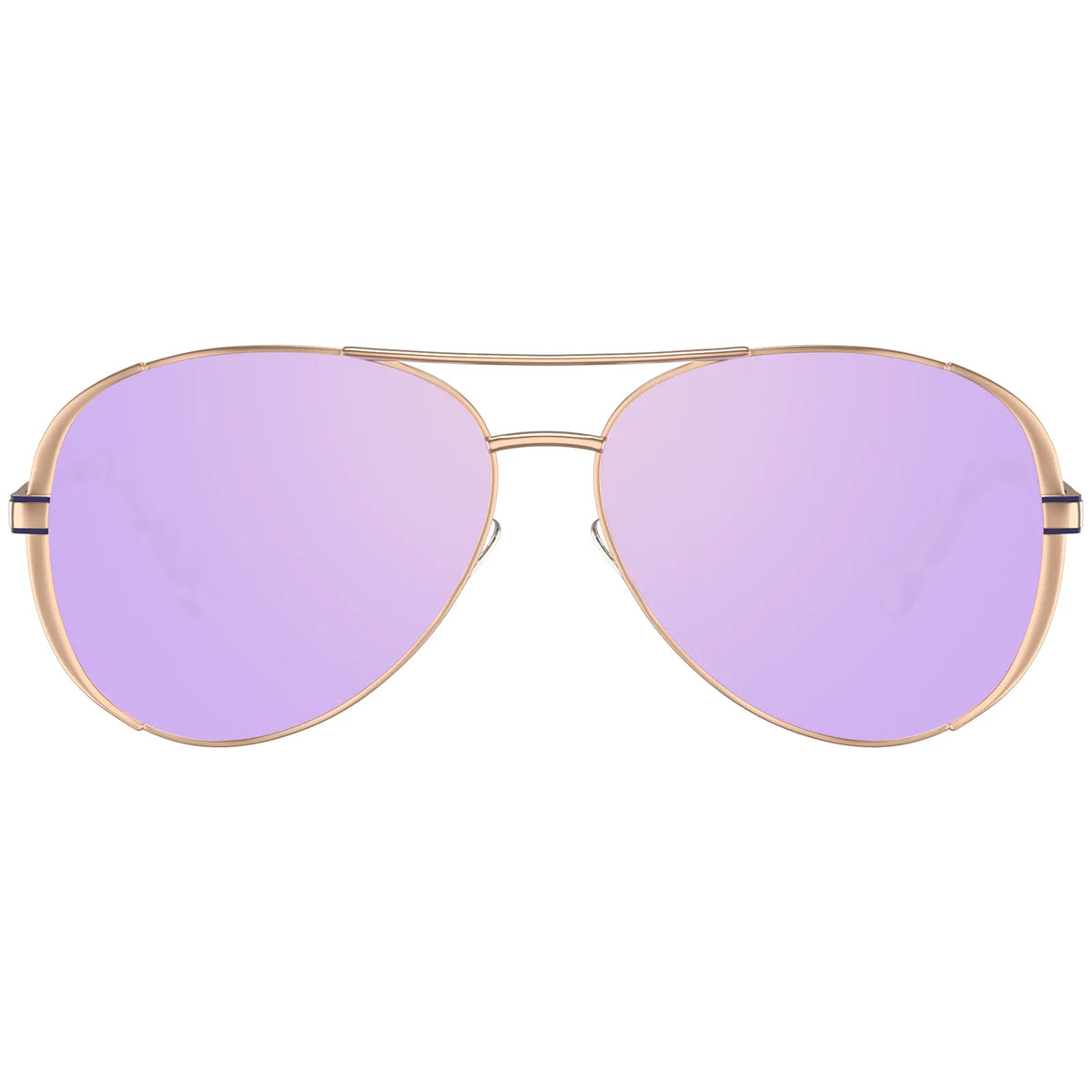Refractive error is measured in diopters (D), and myopia is designated with a minus sign. Mild myopia is 0 D to -1.5 D, moderate -1.5 D to -6.0 D, and high myopia -6.0 D or more.If you get high myopia, then high index lenses 1.71 or 1.74 are needed. People with high myopia, also known as severe nearsightedness, may be advised to avoid strenuous exercise due to several reasons
Risk of Retinal Detachment
High myopia is associated with an increased risk of retinal detachment. Strenuous exercise, such as weightlifting or high-impact activities, can put additional strain on the eyes and increase the risk of retinal detachment.
Increased Intraocular Pressure
Strenuous exercise can temporarily increase intraocular pressure, which is the pressure inside the eye. This sudden increase in pressure can be harmful to the eyes, especially for individuals with high myopia who may already have weakened eye structures.
Eye Strain and Fatigue
High myopia can cause significant strain on the eyes, especially during activities that require intense focus or prolonged near work. Strenuous exercise can further strain the eyes and lead to eye fatigue, discomfort, and potential vision problems.
Increased Risk of Eye Injuries
Individuals with high myopia may have a higher risk of eye injuries during strenuous exercise. The elongated shape of the eyeball in myopia can make the eyes more vulnerable to trauma, such as getting hit by a ball or other objects.
It is important for individuals with high myopia to consult with their eye care professional or ophthalmologist for personalized advice on exercise and physical activities. They can provide specific recommendations based on the severity of myopia and individual eye health.












